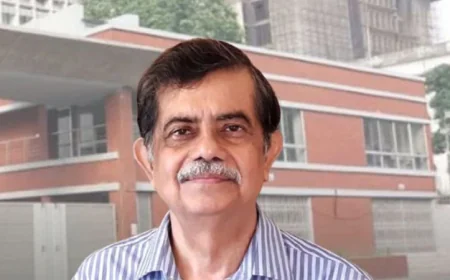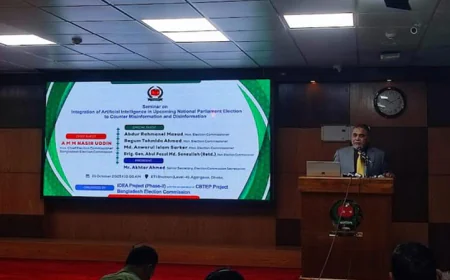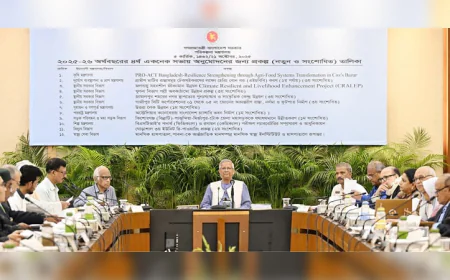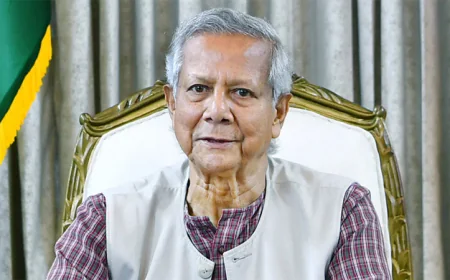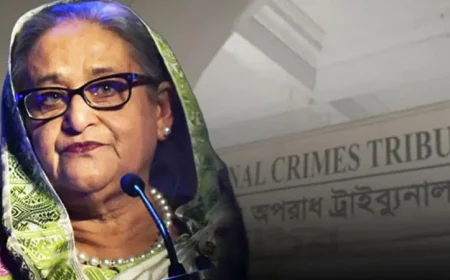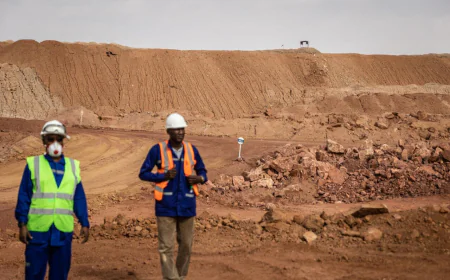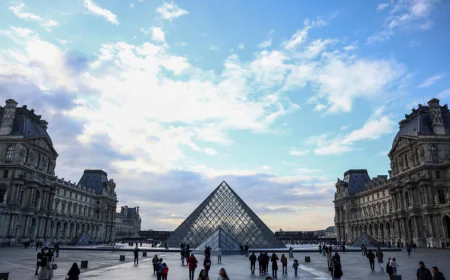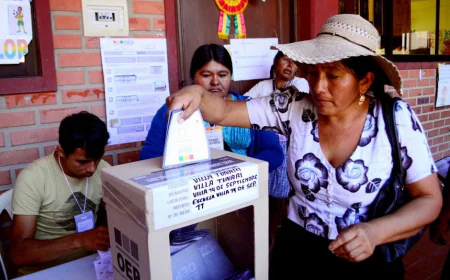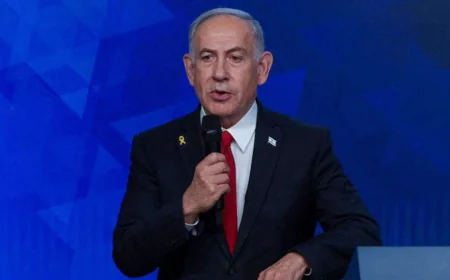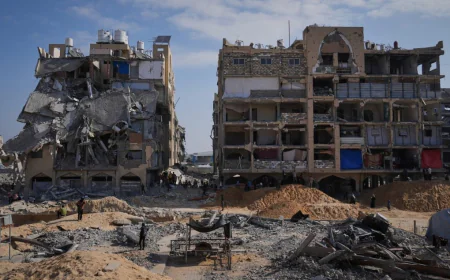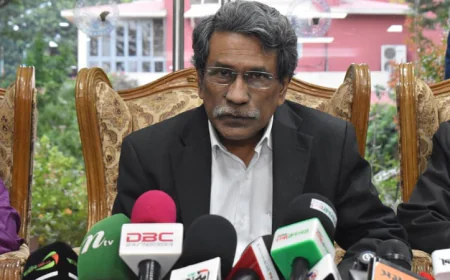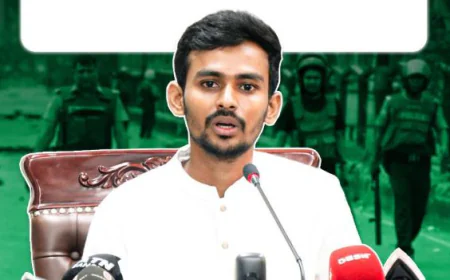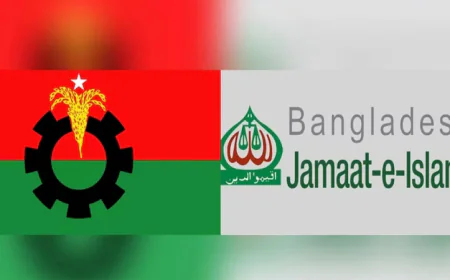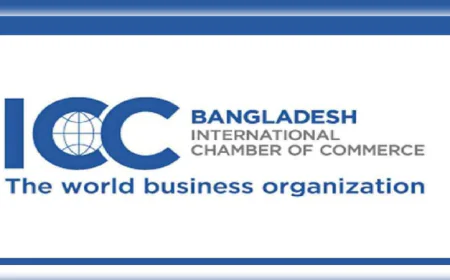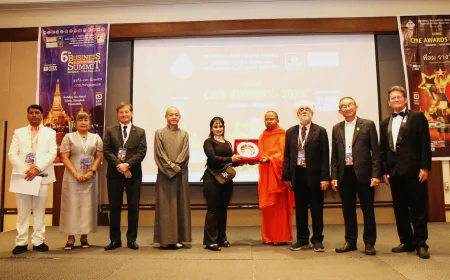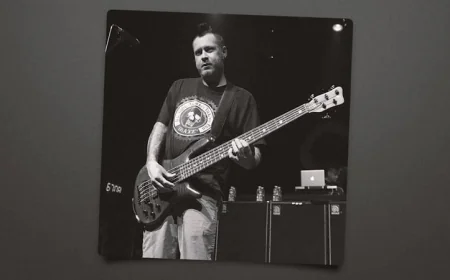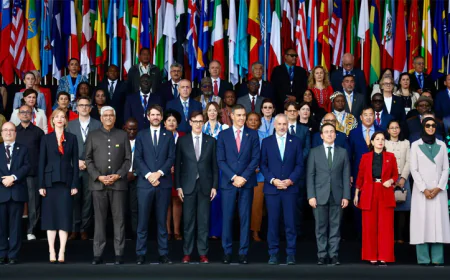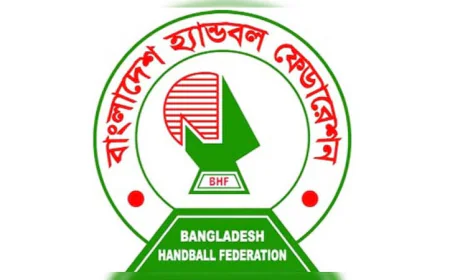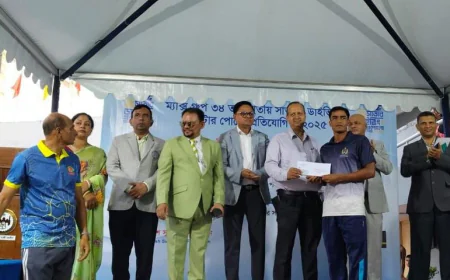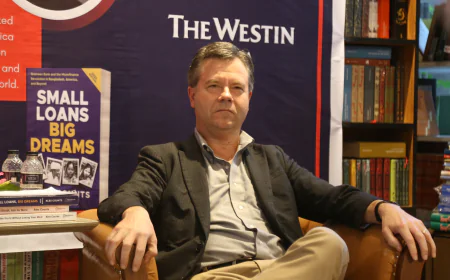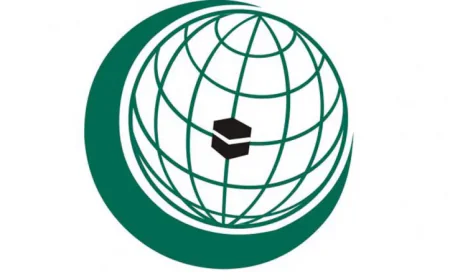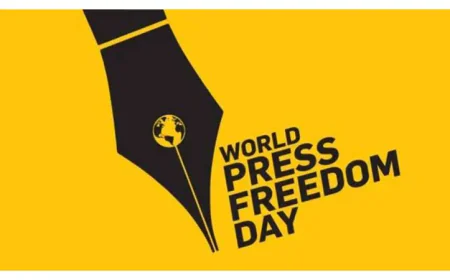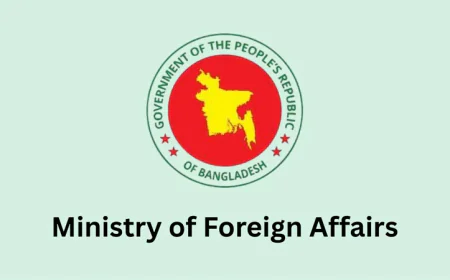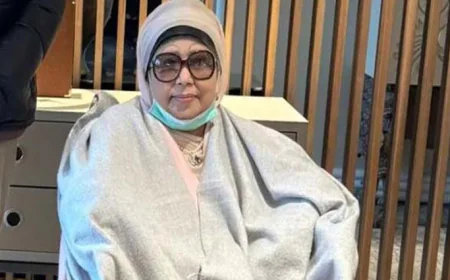Report Alleges Police and Security Agencies Behind Disappearances

The Commission of Inquiry on Enforced Disappearances has revealed that police, Rapid Action Battalion (RAB), Detective Branch (DB), and Counter Terrorism and Transnational Crimes (CTTC) were the main perpetrators behind the enforced disappearances in Bangladesh. The Commission’s assessment reveals that the majority of enforced disappearances in Bangladesh have been carried out by various units under the Bangladesh police and intelligence agencies. Victims, witnesses, and family members most frequently identified the police, RAB, DB and CTTC as the main perpetrators, according to the second interim report of the Commission. In addition, personnel from the Directorate General of Forces Intelligence (DGFI), National Security Intelligence (NSI), and Border Guard Bangladesh (BGB) were also implicated in playing a role in these disappearances.
Both DGFI and NSI typically operate in intelligence, not law enforcement. As they have no legal mandate to arrest or detain civilians, any involvement in detentions, abductions, or interrogations crosses constitutional boundaries. This suggests potential illegal parallel enforcement structures—a serious constitutional concern. It is worth noting that all the law enforcement and intelligence agencies have violated and/or overstepped their standard operating procedure (SOP) or charter of duties while carrying out operations, the report said. The Commission submitted its second interim report titled "Unfolding the Truth: A Structural Diagnosis of Enforced Disappearance in Bangladesh" to Chief Adviser Professor Muhammad Yunus on Wednesday. The Commission's report pinpoints the role of every security agency involved in enforced disappearances. Follwing is the findings of the report: Police: The Bangladesh Police is the principal law enforcement agency of the country, operating under the Ministry of Home Affairs.
It is responsible for maintaining law and order, preventing and investigating crimes, and ensuring internal security. Headed by the Inspector General of Police (IGP), the force included specialised units such as the Detective Branch (DB), Special Branch (SB), Criminal Investigation Department (CID), and Rapid Action Battalion (RAB). Although established during British colonial rule, the police has evolved significantly since Bangladesh’s independence in 1971.Under the Awami League government, the police came under sustained scrutiny for widespread human rights violations, including extrajudicial killings, enforced disappearances, torture in custody, suppression of dissent, and excessive use of force. From 2009 onward, the police became increasingly politicised, functioning more as an enforcer of government policy than as a neutral public institution. Numerous national and international reports documented the disproportionate targeting of opposition groups, particularly the Bangladesh Nationalist Party (BNP) and Jamaate-Islami, raising serious concerns about the erosion of democratic space and civil liberties.
Extrajudicial killings—frequently labelled as “crossfire” incidents—became a hallmark of police operations, especially during anti-drug raids or crackdowns on suspected criminals. These killings often took place without judicial oversight. Torture in custody was also pervasive. Victims reported severe abuse, including beatings, electric shocks, waterboarding, and other forms of physical and psychological torture. Although the Torture and Custodial Death (Prevention) Act of 2013 was enacted to curb such practices, it was rarely enforced, and few officers faced legal consequences. The police also routinely cracked down on peaceful protests, student movements, and press freedom, most notably during the July Uprising in 2024. Repressive laws such as the Special Powers Act and the Digital Security Act were widely used to arrest dissenters on vague charges such as “hurting religious sentiment” or “spreading propaganda.”The Commission has documented hundreds of enforced disappearances carried out by the police.
Victims included political activists, students, teachers, businesspeople, and critics of the government. Many were severely tortured and ultimately extrajudicially killed after beingdisappeared. These patterns revealed a structural crisis within the police: a culture of impunity, systematic abuse of power, and a lack of institutional accountability—all in direct contradiction to their constitutional mandate to uphold the rule of law and protect citizens.
